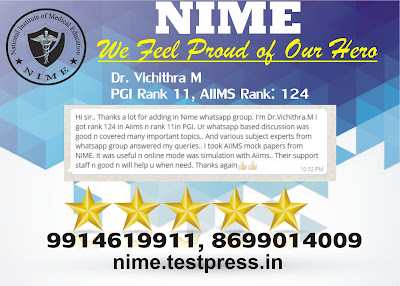Eosinophiluria is seen in :
A. PANB. Microscopic polyangitis
C. Interstitial nephritis
D. Atherothrombotic emboli
E. None
Ans.
C. Interstitial nephritis , (D) Atherothrombotic
emboli :
• Eosinophiluria (>5% of urine Leukocytes) is a common finding (- 90%) in antibiotic-
induced allergic nephritis however lymphocytes predominate in allergic interstitial
Nephritis induced by NSAIDS.
• Eosinophiluria is a feature of atheroembolic ARF,
• In PAN, Microspic polyangitis, eosinophilia is rare.
• Eosinophiluria (>5% of urine Leukocytes) is a common finding (- 90%) in antibiotic-
induced allergic nephritis however lymphocytes predominate in allergic interstitial
Nephritis induced by NSAIDS.
• Eosinophiluria is a feature of atheroembolic ARF,
• In PAN, Microspic polyangitis, eosinophilia is rare.






















